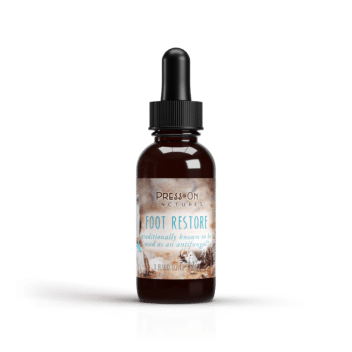Usnea Lichen History in Herbal Medicine
Usnea, also known as “old man’s beard,” is a type of lichen that has been used in herbal medicine for centuries. This fascinating organism grows on trees in forests worldwide, particularly in temperate and boreal regions. It’s known for its distinctive, hair-like appearance and its impressive medicinal properties. In this article, we will explore the history of usnea in herbal medicine, its benefits, and how it is commonly used today.
What is Usnea?
Usnea is not a single plant but rather a symbiotic relationship between a fungus and an alga. Together, they form a lichen that thrives in environments with clean air, as it is highly sensitive to pollution. This makes usnea not only a useful medicinal herb but also an indicator of environmental health.
Historical Use of Usnea in Herbal Medicine
Usnea has a rich history of use across various cultures. Traditional healers in Europe, Asia, and the Americas have utilized it for its medicinal properties. Ancient texts describe its use for treating wounds, infections, and respiratory issues. Its antibacterial and antifungal properties were recognized long before modern science could explain why it was effective.
Usnea in Traditional Chinese Medicine
In Traditional Chinese Medicine (TCM), usnea is known as “song luo” and has been used for centuries to clear heat and toxins from the body. It is often prescribed for conditions such as sore throats, coughs, and skin infections. TCM practitioners value usnea for its cooling properties, which help balance the body’s energy, or “qi.”
Usnea in European Herbalism
In European herbalism, usnea has been used since the Middle Ages. Herbalists would often apply it directly to wounds to prevent infection and promote healing. It was also used in teas and tinctures for respiratory and urinary tract infections. European practitioners appreciated usnea for its ability to support the immune system and fight off pathogens.
Usnea Benefits
Usnea is renowned for its wide range of health benefits, many of which are supported by modern scientific research. Here are some of the key benefits associated with usnea:
Antibacterial and Antifungal Properties
Usnea contains usnic acid, a compound known for its potent antibacterial and antifungal effects. This makes it effective against a variety of pathogens, including those resistant to conventional antibiotics. Studies have shown that usnic acid can inhibit the growth of bacteria like Staphylococcus aureus, which is responsible for many skin and wound infections.
Immune System Support
Usnea is believed to bolster the immune system, helping the body ward off infections. Its immune-enhancing properties are partly due to its ability to stimulate the production of white blood cells, which are crucial for defending against pathogens.
Respiratory Health
Usnea is commonly used to support respiratory health. It can help soothe coughs, reduce phlegm, and alleviate symptoms of bronchitis and other respiratory conditions. Its anti-inflammatory properties make it a popular choice for those suffering from respiratory tract infections.
Skin Health
Due to its antimicrobial properties, usnea is often used in natural skincare products to treat acne, eczema, and other skin conditions. It can be applied topically to help clear infections and promote healthy skin.
How to Use Usnea
Usnea can be used in various forms, including teas, tinctures, and topical applications. Each method has its own benefits and uses, depending on the condition being treated.
Usnea Tea
Making usnea tea is a simple way to enjoy its health benefits. To prepare, steep a small amount of dried usnea in boiling water for 10-15 minutes. This herbal infusion can help soothe sore throats and support respiratory health.
Usnea Tincture
Usnea tincture is a concentrated liquid extract made by soaking usnea in alcohol. This preparation is potent and easy to use, making it a popular choice for those looking to support their immune system. To use, simply follow the dosage instructions provided on the tincture bottle.
Topical Applications
For skin infections or wounds, usnea can be applied directly to the affected area. It can be used as a powder, poultice, or incorporated into creams and ointments. When using usnea topically, ensure that the area is clean to prevent further irritation.
Precautions and Considerations
While usnea is generally considered safe, it’s important to use it responsibly. Here are some considerations to keep in mind:
- Allergies: Some individuals may be allergic to usnea. It’s advisable to perform a patch test before using it topically.
- Pregnancy and Breastfeeding: Pregnant or breastfeeding women should consult a healthcare provider before using usnea, as its effects during pregnancy are not well-documented.
- Internal Use: When using usnea internally, adhere to recommended dosages to avoid potential side effects, such as stomach upset.
Conclusion
Usnea lichen has been a valuable asset in herbal medicine for centuries, known for its antibacterial, antifungal, and immune-boosting properties. Its versatility makes it an excellent addition to any herbal medicine cabinet. Whether you’re looking to support respiratory health, enhance your immune system, or treat skin conditions, usnea offers a natural and effective solution.
As with any herbal remedy, it’s important to use usnea wisely and consult with a healthcare professional if you have any concerns or underlying health conditions. With its rich history and proven benefits, usnea lichen continues to be a trusted ally in natural healing practices.


